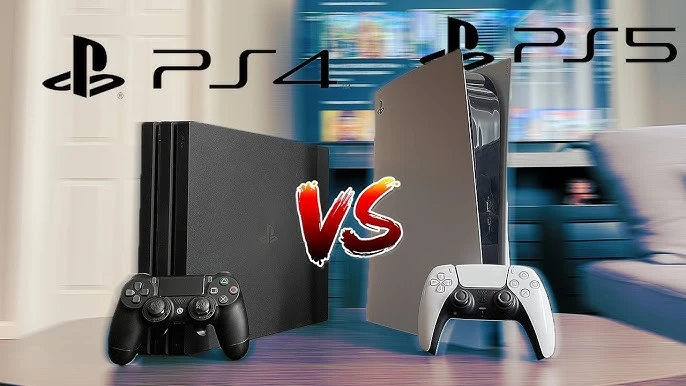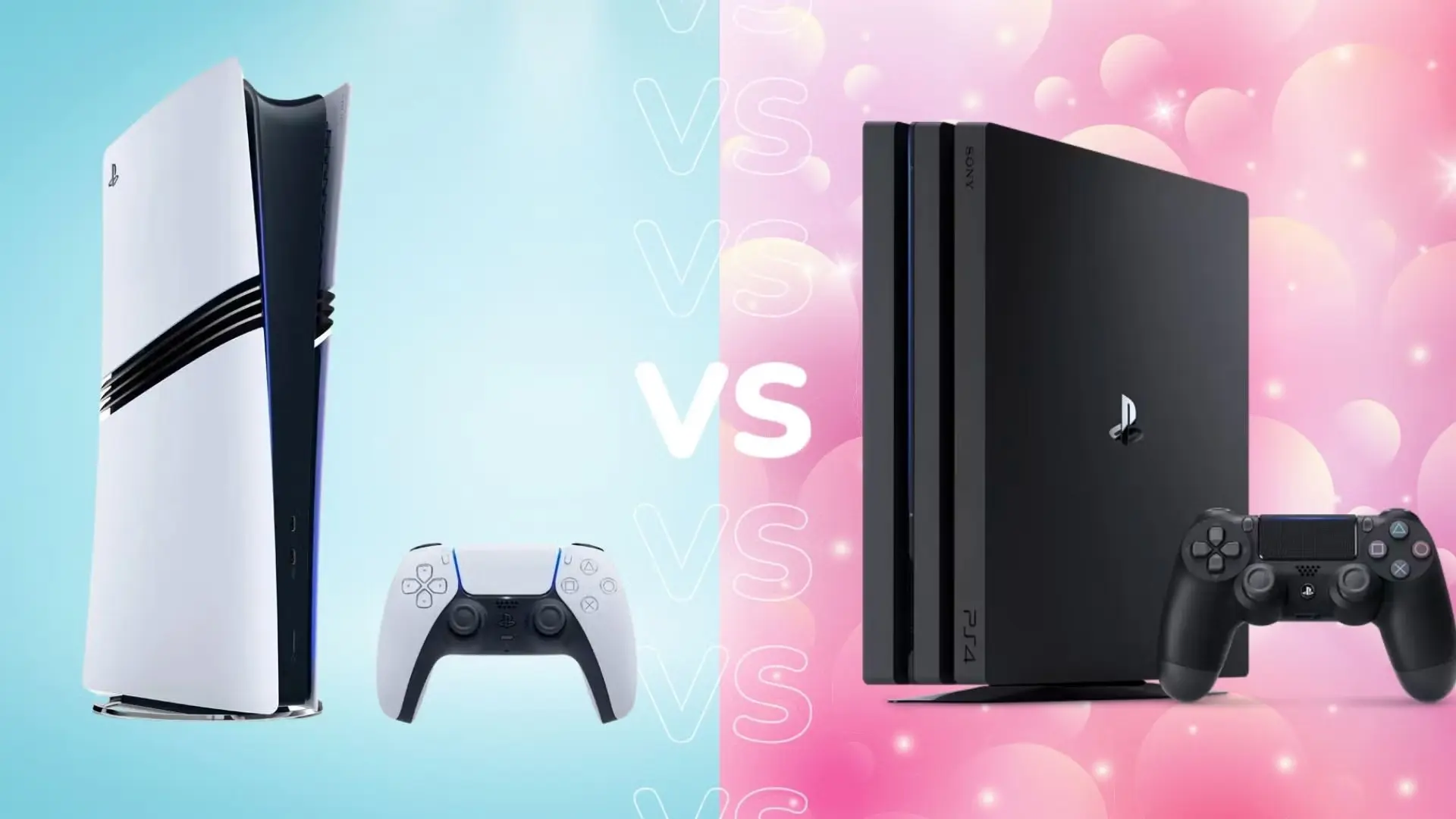

Sony’s highly anticipated PS5 Pro has hit the shelves, but recent reports suggest that the console’s initial sales performance is trailing behind that of its predecessor, the PS4 Pro. Given the considerable excitement and advanced technology touted in the PS5 Pro features, this news comes as a surprise to many gamers and industry analysts alike.

So why are PS5 Pro sales struggling to keep pace? What exactly are the key features setting the PS5 Pro apart from its predecessor, and exactly when did the PS4 Pro come out? Let's explore these questions in detail.
Several factors might explain why the PS5 Pro is not performing as well as the PS4 Pro initially did. Analysts highlight the following reasons:
Limited availability of components and higher pricing compared to the PS4 Pro have made it difficult for consumers to quickly adopt the PS5 Pro.
Economic conditions globally, including inflation and consumer spending habits, have shifted since the PS4 Pro’s era, affecting sales.
The gaming market has become more diverse, with gamers now considering cloud gaming and PC gaming alternatives instead of upgrading consoles frequently.
Despite these challenges, Sony remains optimistic that the advanced capabilities and exciting game lineup of the PS5 Pro will eventually drive stronger sales in the long term.
Even though sales are slower than anticipated, the PS5 Pro packs an impressive array of features that set it apart from previous PlayStation consoles:
Enhanced Graphics Performance: The PS5 Pro boasts significantly improved GPU performance, supporting 8K resolution gaming and smoother frame rates (up to 120 FPS).
Advanced Ray Tracing Capabilities: Realistic lighting and reflections are now more immersive than ever, thanks to the PS5 Pro’s upgraded ray tracing technology.
Improved Cooling and Noise Reduction: Sony introduced an enhanced cooling system, making the PS5 Pro quieter and cooler during intense gaming sessions compared to the original PS5.
Expanded Storage Options: The console offers increased internal storage, providing more room for next-gen games, which are often larger than previous generations.
Future-Proof Connectivity: Features like faster Wi-Fi 6 support and upgraded HDMI standards ensure that gamers enjoy the latest tech advances seamlessly.
These advanced features clearly position the PS5 Pro as a significant upgrade over previous consoles, including the PS4 Pro, even if initial sales don’t yet reflect its potential.

To fully understand the comparison, let’s take a quick look back at the PS4 Pro’s launch history. The PS4 Pro, Sony’s first-ever mid-generation upgrade, launched on:
November 10, 2016.
At the time, the PS4 Pro was groundbreaking, offering enhanced 4K graphics, better frame rates, and HDR support. The PS4 Pro quickly became popular because it provided noticeable graphical improvements without requiring players to purchase entirely new game libraries.
When compared, the PS5 Pro has superior technology and hardware, but market dynamics have significantly changed since 2016, possibly influencing early adoption rates.
While initial sales might seem concerning, the long-term outlook for the PS5 Pro remains optimistic. Sony’s strategy may involve leveraging upcoming exclusive titles and additional PS5 Pro-specific enhancements to boost interest and sales figures.
Additionally, the global supply situation is gradually improving, potentially enabling more gamers to get their hands on the console soon. Analysts predict that once these hurdles are overcome, the PS5 Pro may experience a sales trajectory similar to or even better than the PS4 Pro.
Despite the initially disappointing sales numbers, the PS5 Pro’s features clearly set it apart as a future-proof gaming device. The advanced graphics, improved performance, and upgraded technology promise a compelling experience for gamers who choose to invest.
For those still holding onto their PS4 Pro, now may be the right time to consider an upgrade, especially as game developers increasingly design titles that take advantage of the powerful hardware offered by the PS5 Pro.